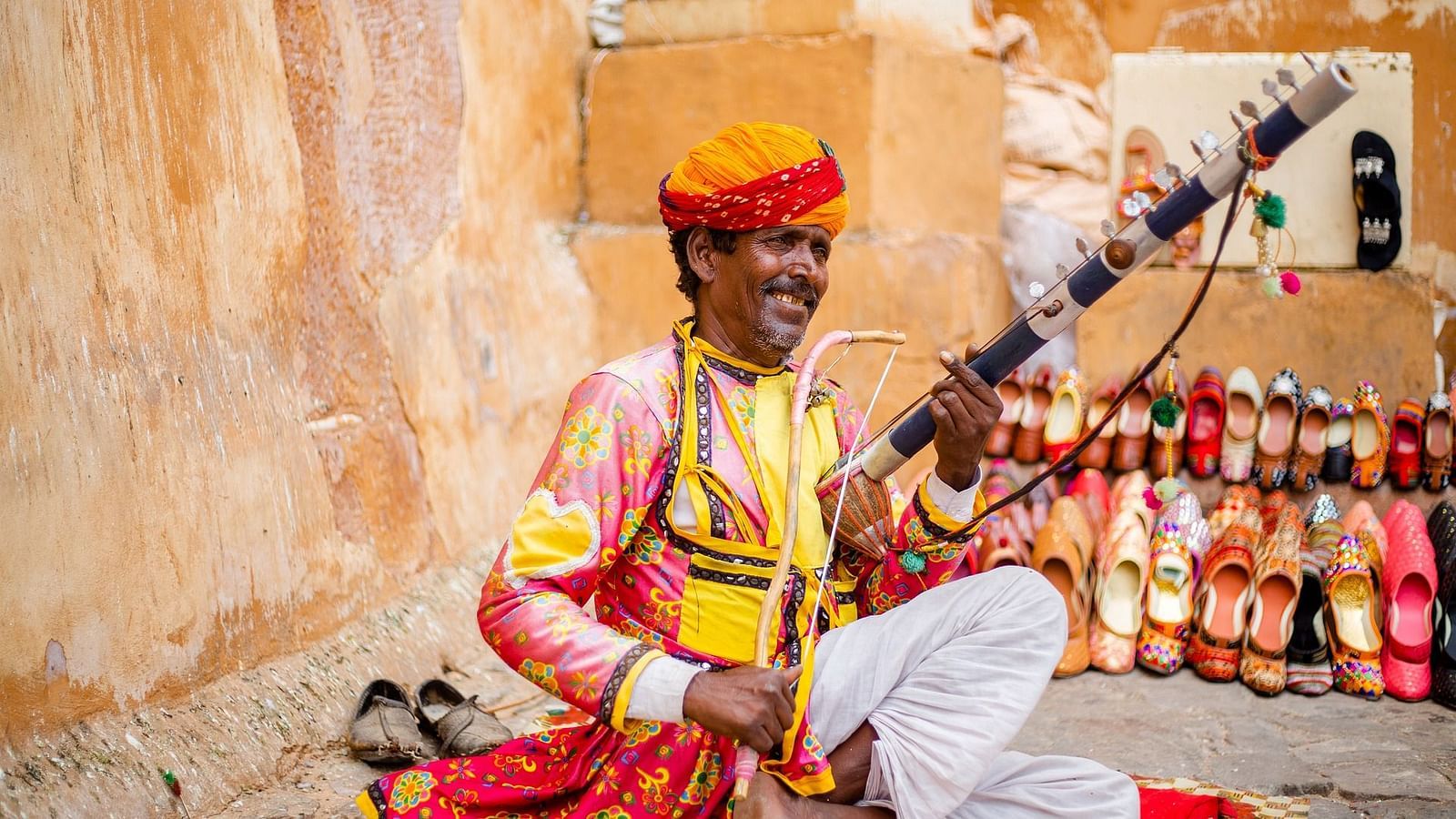- Things to Do in Rajasthan
- Camel Safari Jaisalmer
- Your Ultimate Rajasthan Desert Trip
- Sun City of India
- Desert Resort near Jodhpur
- History of Mehrangarh Fort
- Rajasthani Cuisine
- Places to Visit Near Jodhpur
- History of Jaisalmer Fort
- Cultural Heritage of Rajasthan
- Jodhpur Temples
- Blue City Jodhpur
- Weekend Getaway near Jaipur
- Jaisalmer Desert Festival
- Jodhpur or Jaisalmer Which is Better
- Khichan Cranes and Lohawat Bishnoi Temple, Rajasthan
- Bhadariya Temple and Ramdevra Temple
- Culinary Delights of Jodhpur: A Foodie's Paradise
- Mehrangarh Fort: Journey through Bollywood’s Iconic
- Jaisalmer's Rajputana Glory: Embracing A Golden Legacy
- Starry Nights and Desert Dreams with MANVAR
- Rajasthani Folk Dances: A Vibrant Display of Tradition
- The Village Walk Experience near MANVAR
- Exploring Nearby Attractions
- Shopping in Jaisalmer
- Camels: The Ship of the Desert
- Unleashing the Thrill of Dunes
- Embracing Rajasthan's Fashion Heritage
- Jaisalmer's Film Connections
- Festivals and Folklore in Jaisalmer
- Chasing the Golden Hour
- Road trip through Rajasthan
- Architectural Marvels of Jaisalmer
- Exploring the Thar Desert
- Why Jaisalmer is called golden city?
- Exploring the Wild Side of Thar Desert
- The Timeless Beauty of Salim Singh Ki Haveli

Rajasthani Folk Dances: A Vibrant Display of Tradition
Nestled in the heart of India, Rajasthan, often referred to as the “Land of Kings,” boasts a heritage steeped in colour, vibrancy, and cultural richness. One of the most captivating facets of this heritage is the splendid array of Rajasthani folk dances, each a living testament to the state’s history, diversity, and the spirit of its people.
Rajasthani folk dances encapsulate the essence of the state, each performance portraying its unique story through an amalgamation of distinctive styles, costumes, music, and traditions. These dances are far more than mere entertainment; they serve as a medium for expressing deep-seated emotions, celebrating festivals, paying homage to deities, and preserving the tapestry of traditions that have woven Rajasthan’s cultural identity.
Here, we invite you to embark on a journey through some of the most iconic and beloved Rajasthani folk dances, each a celebration of life, love, and the human spirit.

Ghoomar: The Graceful Twirl
Ghoomar, a dance revered and cherished, is one of the most emblematic representations of Rajasthan’s cultural heritage. Originating with the Bhil tribe, the indigenous inhabitants of Rajasthan, Ghoomar later found favour among the royalty, particularly the Rajputs.
This enchanting dance, traditionally performed by women, graces auspicious occasions such as weddings, festivals, or the arrival of a new bride at her marital home. Adorned in the regal attire of ghagra (swirling skirt), kanchli or choli (blouse), and odhani (veil), the women dance in circles, their hands swaying, palms clapping, and bodies twirling. The name “Ghoomar” itself is derived from the word “ghoomna,” which means to twirl. Accompanied by soul-stirring folk songs that narrate tales of love, valour, or devotion, Ghoomar is a dance of grace, elegance, and the inherent charm of Rajasthani women.

Kalbelia: A Serpent’s Elegance
Kalbelia recognized as an Intangible Cultural Heritage of Humanity by UNESCO, is a mesmerizing dance form rooted in the Kalbelia tribe, often known as the Sapera or snake charmers. The dance draws inspiration from the sinuous movements of snakes, creatures held sacred by the Kalbelia.
The dancers, adorned in striking black dresses adorned with vibrant embroidery and mirror work reminiscent of snakeskin, demonstrate remarkable agility and flexibility. They bend and twist their bodies with serpentine grace, capturing the essence of these revered creatures. Accompanying the dancers are male musicians playing traditional instruments, including the pungi (a wind instrument), dholak (a two-headed drum), and khanjari (a tambourine). The music is complemented by spontaneous and improvised songs, adding to the dance’s allure.

Bhavai: A Balancing Act of Courage
Bhavai is a ritualistic folk dance performed predominantly by women hailing from various tribal communities, including the Kalbelia, Jat, Meena, Bhil, and Kumhar. At its core, Bhavai is a remarkable display of strength and endurance, where dancers balance earthen pots or brass pitchers on their heads while performing on the edge of a sword, brass plate, or glass.
This awe-inspiring dance is a tribute to the indomitable spirit of Rajasthani women, who confront numerous challenges in their daily lives with grace and resilience. It is also a homage to Goddess Amba or Durga, venerated for her power and courage. Male singers and musicians accompany the dancers, providing the melodic backdrop with instruments such as the harmonium, sarangi, and dholak.
In Rajasthan, each dance is a portal into the soul of the land, an invitation to partake in its heritage, and a glimpse into the heart of its people. These dances, with their vibrant colours, graceful movements, and melodious rhythms, paint a vivid picture of the state’s rich cultural tapestry.
Experience the Dance of Rajasthan
As you traverse the culturally rich landscape of Rajasthan, the vivacious folk dances become a bridge to the soul of the state. It’s an opportunity to witness tradition come alive, to celebrate the spirit of Rajasthan, and to partake in its vibrant cultural heritage.
To truly immerse yourself in the allure of Rajasthani folk dances and experience the magic of this majestic land, we invite you to visit our desert resort in Rajasthan. MANVĀR is your gateway to the heart of Rajasthan’s traditions and history.